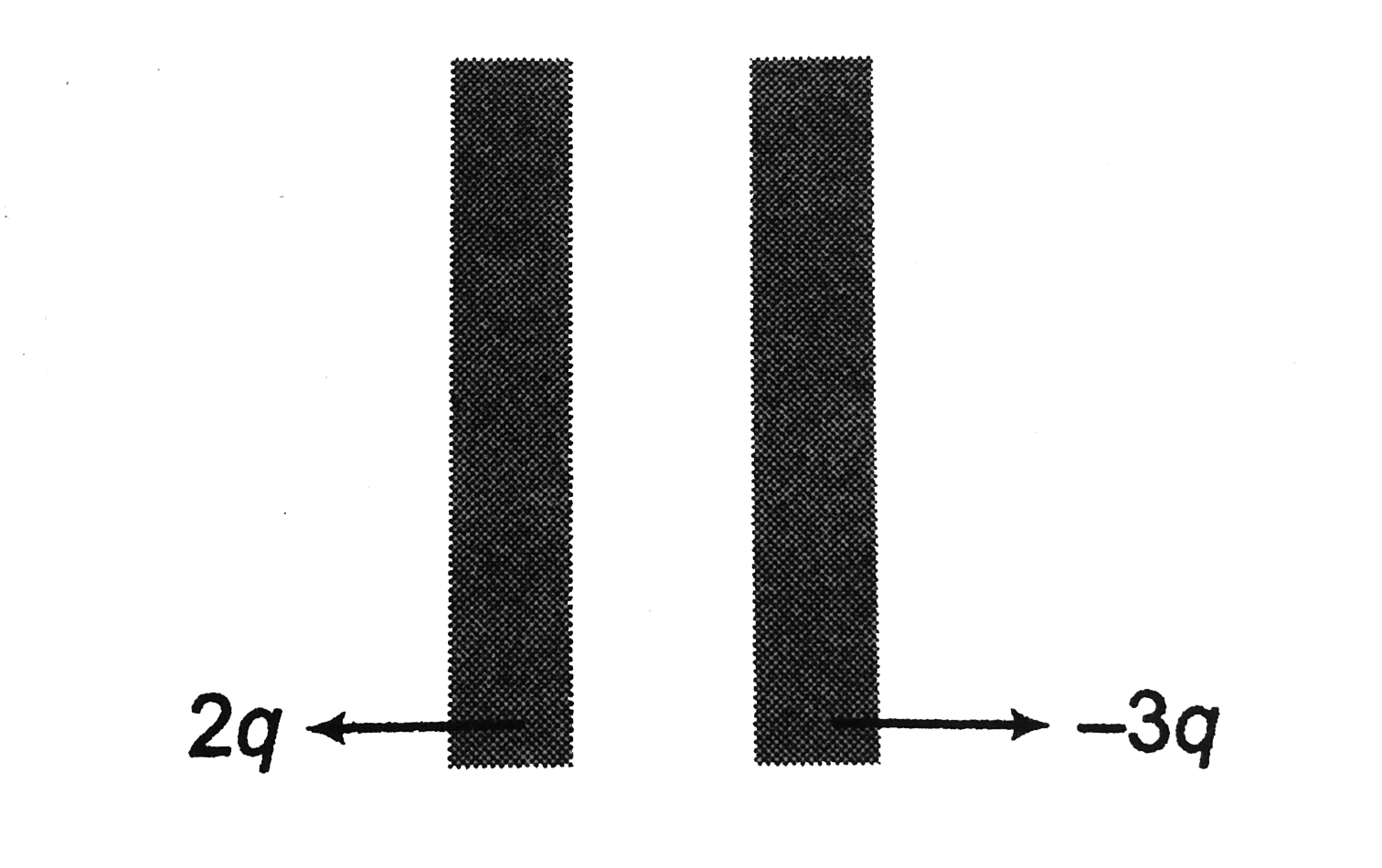Two metal plates of area 2×10−4m2 each, are kept in water and one plate is moved over the other with a certain velocity. The distance between the plates is 2×10−4m. If the horizontal force applied to move the plate is 10−3N, calculate the velocity of the plate. Given η of water is10−3 decapoise.
The correct Answer is:1m/s
To solve the problem, we will use the formula for viscous force in a fluid, which is given by:
F=η⋅A⋅dvdx
Where:
- F is the horizontal force applied (in Newtons),
- η is the dynamic viscosity of the fluid (in Pascal-seconds or N·s/m²),
- A is the area of the plates (in m²),
- dvdx is the velocity gradient (in m/s per m).
1. Identify the given values:
- Area of each plate, A=2×10−4m2
- Distance between the plates, dx=2×10−4m
- Horizontal force applied, F=10−3N
- Viscosity of water, η=10−3decapoise=10−3×0.1N⋅s/m²=10−4N⋅s/m²
2. Rearranging the viscous force formula:
We need to find the velocity dv. Rearranging the formula gives us:
dv=F⋅dxη⋅A
3. Substituting the values into the equation:
dv=(10−3N)⋅(2×10−4m)(10−4N⋅s/m²)⋅(2×10−4m2)
4. Calculating the numerator:
Numerator=10−3⋅2×10−4=2×10−7N⋅m
5. Calculating the denominator:
Denominator=10−4⋅2×10−4=2×10−8N⋅s
6. Dividing the numerator by the denominator:
dv=2×10−72×10−8=101=1m/s
Final Answer:
The velocity of the plate is 1m/s.
- F is the horizontal force applied (in Newtons),
- η is the dynamic viscosity of the fluid (in Pascal-seconds or N·s/m²),
- A is the area of the plates (in m²),
- dvdx is the velocity gradient (in m/s per m).
- Area of each plate, A=2×10−4m2
- Distance between the plates, dx=2×10−4m
- Horizontal force applied, F=10−3N
- Viscosity of water, η=10−3decapoise=10−3×0.1N⋅s/m²=10−4N⋅s/m²
We need to find the velocity dv. Rearranging the formula gives us:
dv=F⋅dxη⋅A
dv=(10−3N)⋅(2×10−4m)(10−4N⋅s/m²)⋅(2×10−4m2)
Numerator=10−3⋅2×10−4=2×10−7N⋅m
Denominator=10−4⋅2×10−4=2×10−8N⋅s
dv=2×10−72×10−8=101=1m/s
The velocity of the plate is 1m/s.
Topper's Solved these Questions
- BOOK - ICSECHAPTER - MOTION IN FLUIDS EXERCISE - SELECTED PROBLEMS (FROM POISEUILLE.S FORMULA)19videos
MOTION IN FLUIDS
- BOOK - ICSECHAPTER - MOTION IN FLUIDS EXERCISE - SELECTED PROBLEMS ( FROM PRESSURE, ARCHIMEDES. PRINCIPLE)7videos
MOTION IN FLUIDS
- BOOK - ICSECHAPTER - INTERNAL ENERGY EXERCISE - SELECTED PROBLEMS (FROM HEAT ENGINES)21videos
INTERNAL ENERGY
- BOOK - ICSECHAPTER - OSCILLATIONS EXERCISE - SELECTED PROBLEMS (OSCILLATION IN A TUNNEL BORED THROUGH THE EARTH)2videos
OSCILLATIONS
Similar Questions
Two glass plates are separated by water. If surface tension of water is 75dyn/cm and the area of each plate wetted by water is 8cm2 and the distance between the plates is 0.12mm, then the force applied to separate the two plates is
View SolutionCharges 2q and −3q are given to two identical metal plates of area of cross section A. the distance between the plates is d. Find the capacitance and potential difference between the plates.
 View Solution
View SolutionTwo plates are 2cm apart, a potential difference of 10 volt is applied between them, the electric field between the plates is
View SolutionTwo square metal plates, each of side 10 cm are immersed in water. One plate moves parallel to the other with a velocity of 5 cm s−1. If the viscous force is 150 dyne, what is their distance of separation ? Given ηwater = .001 PI
View SolutionBetween a plate of area 100cm2 and another plate of area 100m2 there is a 1mm, thick layer of water, if the coefficient of viscosity of water is 0.01 poise, then the force required to move the smaller plate with a velocity 10cms−1 with reference to large plate is
View SolutionIf a slab of insulating material4×10–5m thick is introduced between the plates of a parallel plate capacitor, the distance between the plates has to be increased by 3.5×10–5 m to restore the capacity to original value. Then the dielectric constant of the material of slab is
View SolutionAflat plate of area 0.05m2 is separated from another large plate at rost by a liquid layer of uniform thickness 1μm. The tangential force needed to move the smaller plate with a constant velocity of 10cms−1 i s 20 N. Calculate the coefficent of viscosity of the liquid.
View SolutionA parallel plate condenser has a unifrom electric field E(V/m) in the space between the plates. If the distance between the plates is d(m) and area of each plate is A(m2) the energy (joule) stored in the condenser is
View SolutionA parallel plate condenser has a unifrom electric field E(V/m) in the space between the plates. If the distance between the plates is d(m) and area of each plate is A(m2) the energy (joule) stored in the condenser is
View SolutionThe distnace between the plates of a parallel plate capacitor is 3 mm the potential difference applied is 3×105 V. If an electron travels from one plate to another the change in its potential energy is
View Solution

